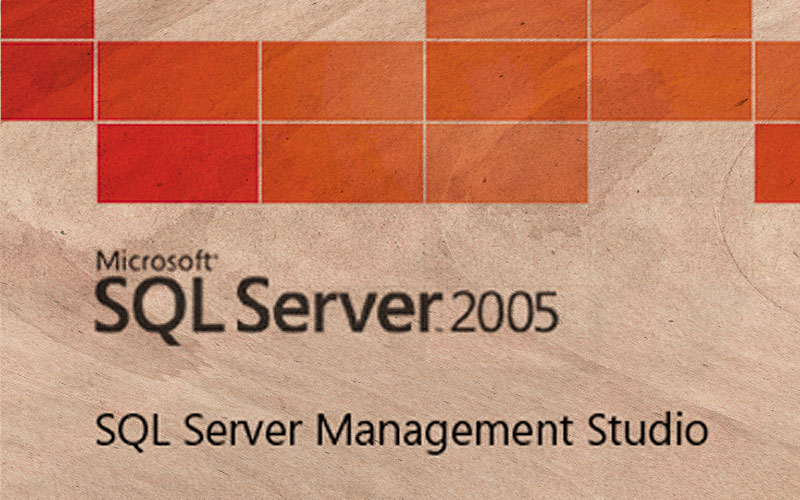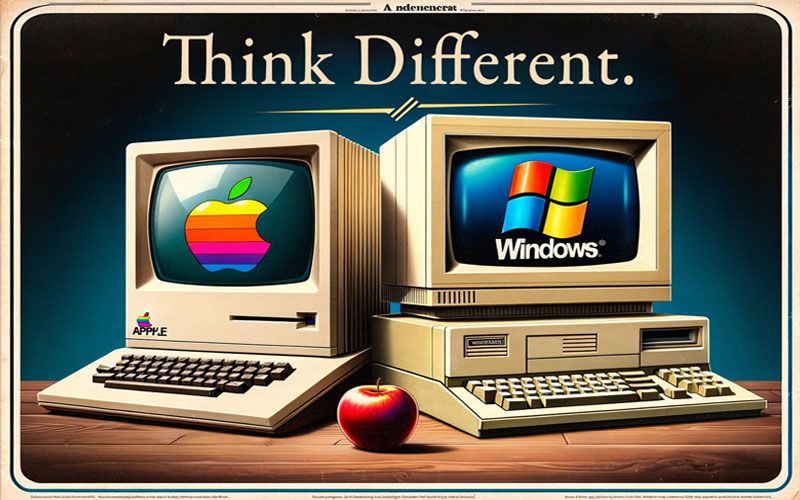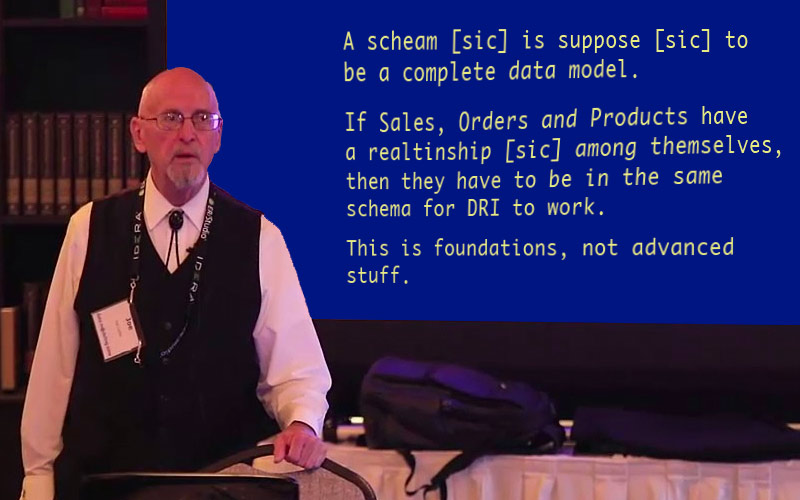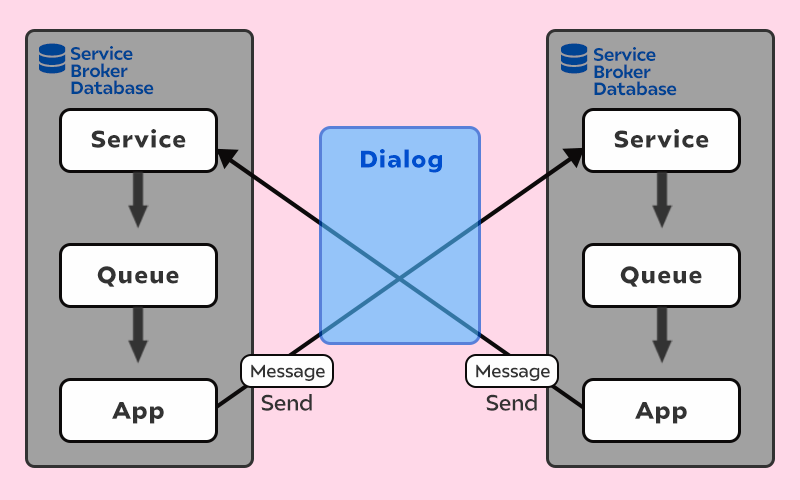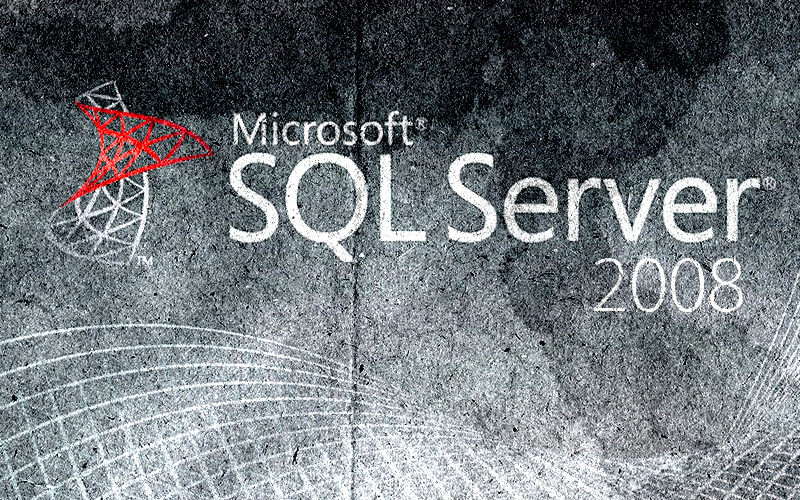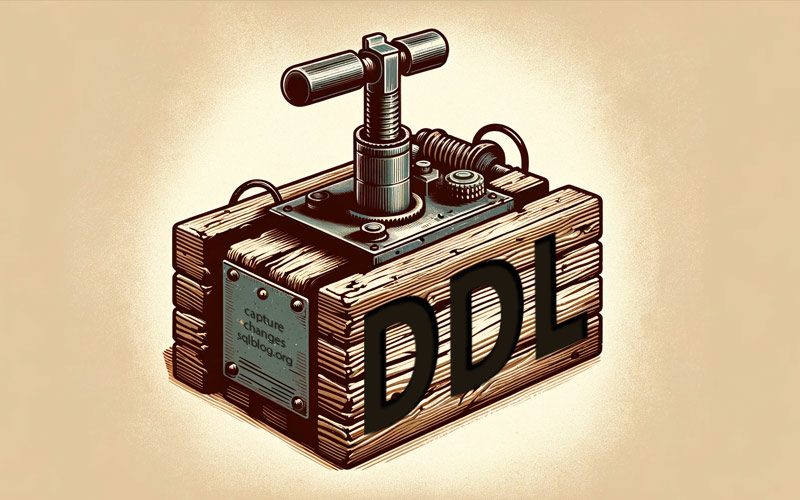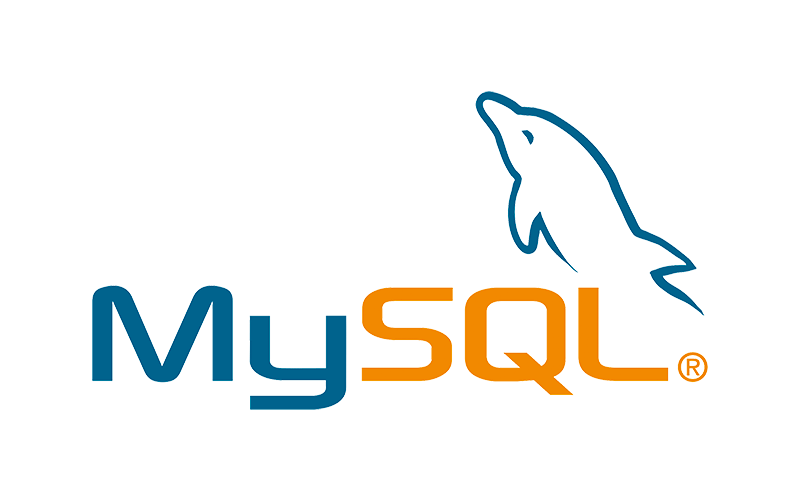I explain a couple of tactics to use when SSMS is not responding, hopefully to avoid losing work.
Aaron Bertrand
People have been lulled into the false sense of security that they can set up SQL Server, leave all the defaults in place, and never have to do anything.
As a "SQL Server guy" first and foremost, I often have to defend my use of a Mac. Here's my story.
A long, long time ago, I criticized Celko for being too harsh to new users.
Microsoft abandoned content and I tried to put together a selection of bad things people said about it.
Our data got messed up due to time drift. Here's how I fixed it.
Back before SQL Server 2012 was released, I wanted to highlight multiple problems exhibited through parallelism.
I show how to remove stale entries from the MRU drop-down in SSMS' "Connect To" dialog.
I demonstrate that a table won't necessarily be physically sorted the same as the bulk file that populates it.
I was tagged by Denis Gobo to write a bog post about career challenges and how I overcame them.
I wrote a procedure to help search through the errorlog when troubleshooting Service Broker.
I explain several reasons I was eager to upgrade to SQL Server 2008 as soon as it was released.
I build a Windows machine and mostly complained about the lack of decent VPN software in 2008.
I present a laundry list of things I always do in stored procedures (and why).
Dependencies can be unreliable, and you can fill some of the gaps with a DDL trigger.
Paul Randal just published a list of tips and tricks that will help you get the most out of using FileStream, based on a longer whitepaper he wrote for Microsoft.
Not relevant today, but several major versions ago, there were specifically defined ways to get your feedback into the product.
I share some links to help address concerns about SQL injection.
I show how you can audit when tables or databases are accessed.
Well, the pictures are gone, so something I'll have to revisit, but way back when, I pitted money and decimal against each other.
I react to some sensationalism that blamed SQL Server for vulnerabilities caused by issues with Windows and application configuration.
I wasn't crazy about a syntax implementation for Policy-Based Management, as it mixes T-SQL and C#.
Really, why is the 8.3 file name limitation from MS-DOS still biting us in the rear?
I had to laugh at a comment on a Connect item suggesting SQL Server needed to "keep up" with MySQL.
While <> and != behave the same, there is one reason you may want to use the former instead of the latter.
Big customers have big influence : see how some of the upper limits have changed in SQL Server 2008.
I explain yet another reason "Open Table" (now "Edit Top n Rows") is a dangerous button to press.
A quick post to show how to pull autogrow events from the default trace.
See how to use Common Table Expressions to derive a more efficient median.


